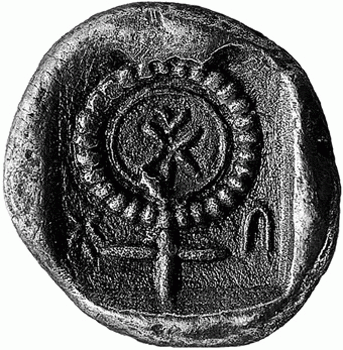American Journal of Archaeology | The Journal of the Archaeological Institute of America
You are here
Cultural and Political Configurations in Iron Age Cyprus: The Sequel to A Protohistoric Episode
October 2008 (112.4)
Cultural and Political Configurations in Iron Age Cyprus: The Sequel to A Protohistoric Episode
This paper attempts to show that the interpretation of the complex cultural and political configurations of Iron Age Cyprus rests on a 1,000-year long macrohistoric overview that focuses on continua rather than breaks. It maintains that the first-millennium B.C.E. kingdoms operated on very much the same decentralized politicoeconomic system as Late Cypriot polities in the 13th and 12th centuries. It argues that the long-term dynamics of this Late Cypriot model were actively and successfully promoted in the Archaic and Classical periods by preponderantly Greek central authorities. It is mostly Greek-named basileis (kings) that are found closely associated with the fundamental continua—the Cypriot script, the regional settlement hierarchy pattern, cult practice, and an economy based on trading metals—to the end of the fourth century B.C.E. This article argues that Greek-speaking people had become a constituent part of the sociopolitical structure of the island by the last centuries of the second millennium as a result of a migration episode.
Cultural and Political Configurations in Iron Age Cyprus: The Sequel to A Protohistoric Episode
By Maria Iacovou
American Journal of Archaeology Vol. 112, No. 4 (October 2008), pp. 625–657
DOI: 10.3764/aja.112.4.625
© 2008 Archaeological Institute of America



Add new comment